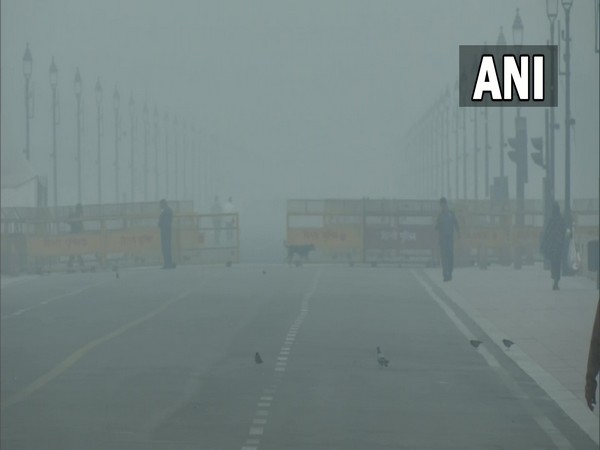The Commission for Air Quality Management (CAQM), a Union government panel recommending steps to control air pollution in the national capital, on Sunday announced a temporary ban on construction and demolition activities in Delhi-NCR as part of its Graded Response Action Plan (GRAP).
The announcement came after the air quality in Delhi and the national capital region worsened again, breaching the ‘severe’ category.
The CAQM, which on Sunday chaired a meeting to review the air quality in Delhi-NCR, put out a release saying, “As the AQI in Delhi has slipped into ‘severe’ category, the sub-committee had decided that all actions, as envisaged under Stage III of the GRAP, be implemented in right earnest by all the agencies concerned, with immediate effect in the NCR, in addition to all action under Stage I and Stage II of the GRAP.”
The panel further observed that the air quality saw a further deterioration over the last 24 hours, with Delhi’s overall Air Quality Index (AQI) at 407 on December 4, according to Central Pollution Control Board (CPCB).
In its order, the CAQM says it temporarily banned construction activities, “with the exception of Metro Rail services, including stations; airport and inter-state bus terminals; railway services/stations; national security/defence-related activities/ projects of national importance; hospitals/healthcare facilities; linear public projects such as highways, roads, flyovers, overbridges, power transmission, pipelines; sanitation projects like sewage treatment plants and water supply projects; ancillary activities specific to and supplementing above categories of projects”.
Milk and dairy units and those involved in the manufacturing of life-saving medical equipment, drugs and medicines, were also exempted from the restrictions stipulated in the CAQM order.
An AQI between 201 and 300 is considered ‘poor’, 301 and 400 ‘very poor’ and 401 and 500 ‘severe’. (ANI)
Read More: http://13.232.95.176/


